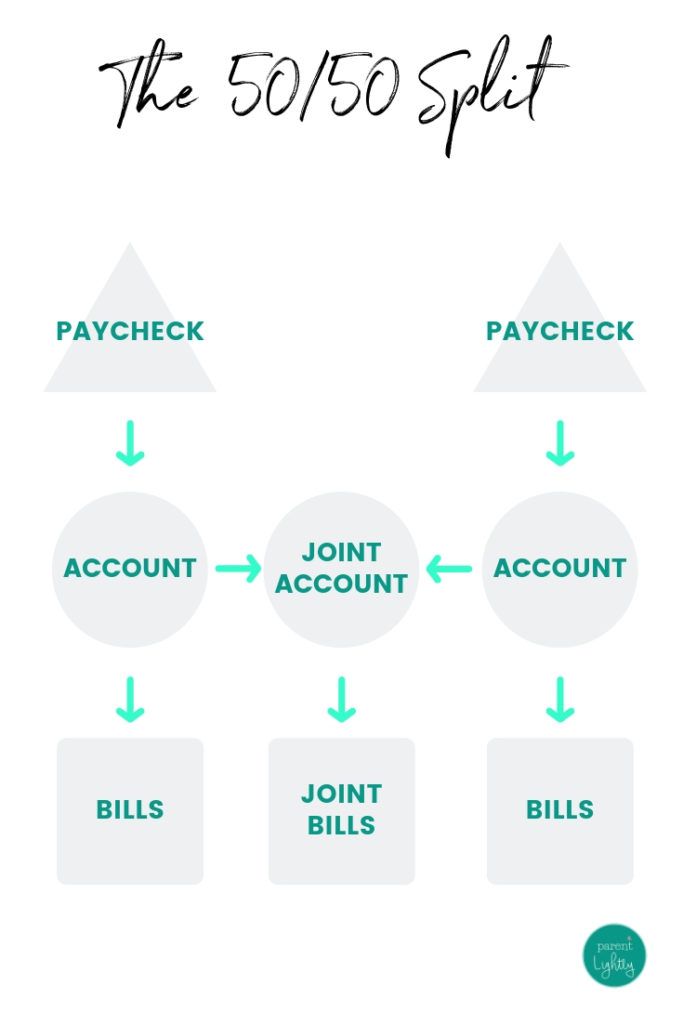Having an emergency fund is crucial for financial stability, especially in today’s unpredictable world. Whether it’s a sudden job loss, unexpected medical expenses, or a major home repair, having a safety net can provide peace of mind and security during challenging times. In this step-by-step guide, we will walk you through the process of building an emergency fund that will help you weather any storm.
Step 1: Set a Realistic Savings Goal
The first step in building an emergency fund is to determine how much you need to save. Experts recommend having at least three to six months’ worth of living expenses saved up. Take into account your monthly bills, mortgage or rent, groceries, transportation, and any other essential expenses. Once you have a clear picture of your financial obligations, you can set a realistic savings goal.
Step 2: Create a Budget and Cut Unnecessary Expenses
Building an emergency fund requires discipline and commitment. Take a hard look at your spending habits and identify areas where you can cut back. Consider canceling subscription services you no longer use, eating out less frequently, and finding creative ways to save on everyday expenses. By creating a budget and sticking to it, you can free up more money to put towards your emergency fund.
Step 3: Automate Your Savings
One of the easiest ways to build an emergency fund is to automate your savings. Set up a recurring transfer from your checking account to a high-yield savings account each month. This way, you won’t have to remember to save money manually, and your emergency fund will grow steadily over time. Treat your savings like any other bill or expense that needs to be paid.
Step 4: Increase Your Income
If you find it challenging to save money with your current income, consider ways to increase your earnings. This could involve taking on a side hustle, freelancing, or asking for a raise at your current job. Every extra dollar you earn can contribute to your emergency fund and bring you closer to your savings goal.
Step 5: Be Prepared for Emergencies
While building an emergency fund is essential, it’s also crucial to be prepared for unexpected expenses. Consider investing in insurance policies, such as health, car, and home insurance, to protect yourself from financial hardship. Having a plan in place for emergencies can give you added peace of mind and ensure you are covered in case of a crisis.
Step 6: Keep Track of Your Progress
Regularly monitor your emergency fund balance and track your progress towards your savings goal. Seeing your savings grow over time can be motivating and help you stay on track. Celebrate small milestones along the way and consider setting rewards for yourself as you reach certain savings targets.
Step 7: Stay Committed and Flexible
Building an emergency fund is a long-term commitment that requires dedication and flexibility. Stay true to your savings goal, but also be open to adjusting your plan as needed. Life can throw unexpected curveballs, and it’s essential to be prepared to adapt to changing circumstances while still prioritizing your financial well-being.
By following these steps and staying proactive in your financial planning, you can successfully build an emergency fund that will provide you with security and peace of mind in times of need. Remember, it’s never too late to start saving for your future!







